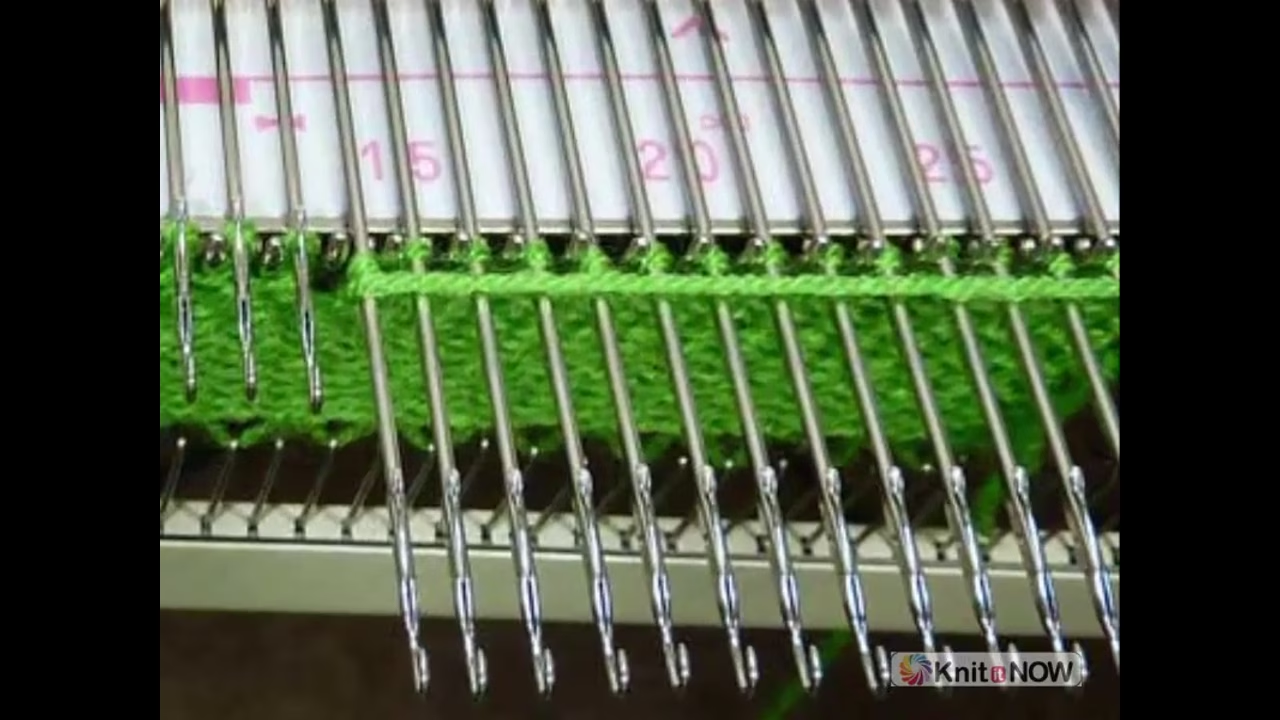Who's in charge? You or your machine?
Can you knit half the stitches in a row, then return the carriage back to the opposite side of the bed without dropping stitches, moving needle positions or removing the carriage from the bed?
Called 'bridging' by Susan Guagluimi, this technique is essential for every machine knitter. It is used to create buttonholes, work hand manipulated techniques (cables, bobbles, etc)and work intarsia designs. This skill is also helpful in repairing mistakes.
When you rip, your working yarn is often on the opposite side of the carriage.
Learn the settings for YOUR machine and confidently get your carriage back into working position without tears!
Can you knit half the stitches in a row, then return the carriage back to the opposite side of the bed without dropping stitches, moving needle positions or removing the carriage from the bed?
Called 'bridging' by Susan Guagluimi, this technique is essential for every machine knitter. It is used to create buttonholes, work hand manipulated techniques (cables, bobbles, etc)and work intarsia designs. This skill is also helpful in repairing mistakes.
When you rip, your working yarn is often on the opposite side of the carriage.
Learn the settings for YOUR machine and confidently get your carriage back into working position without tears!
